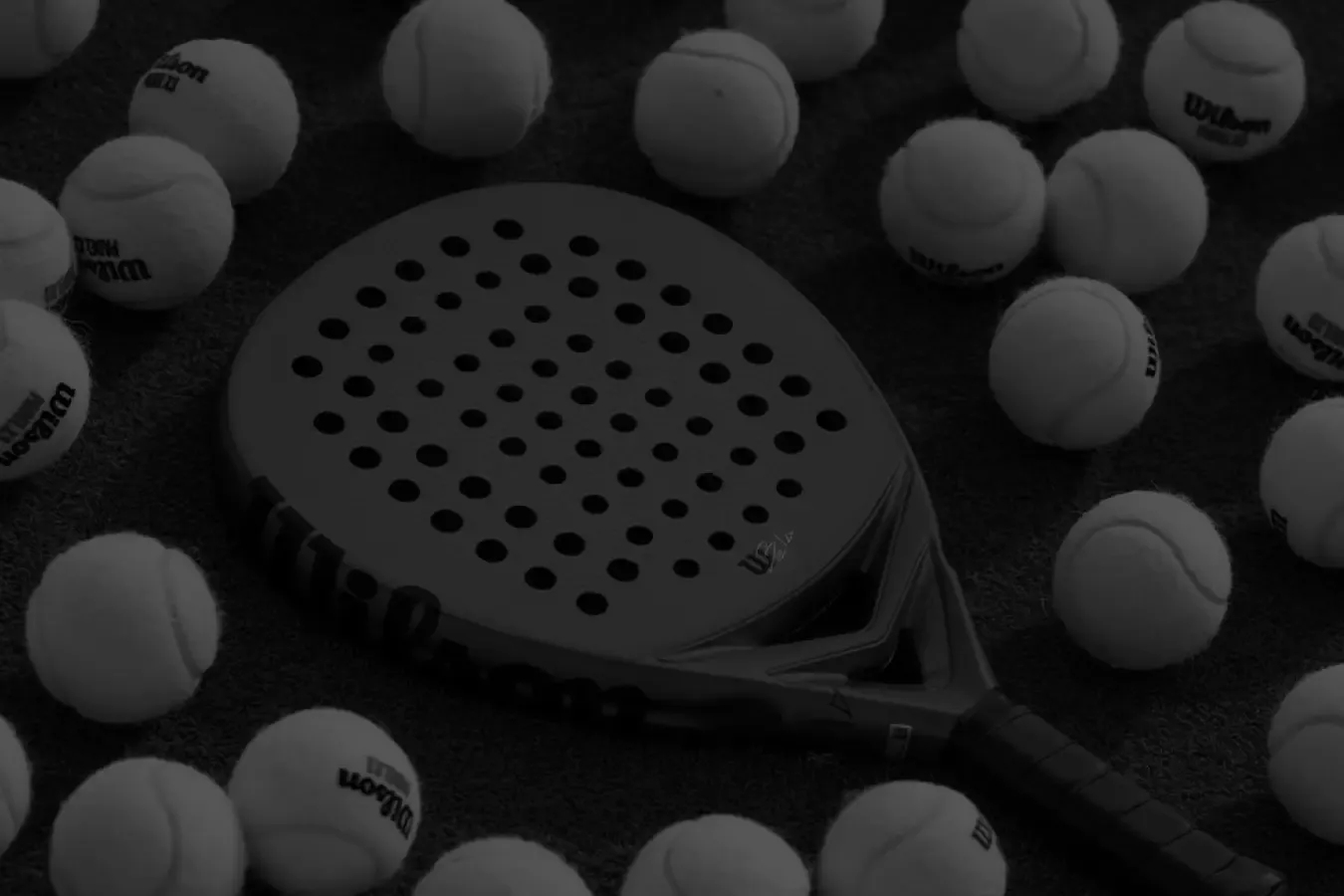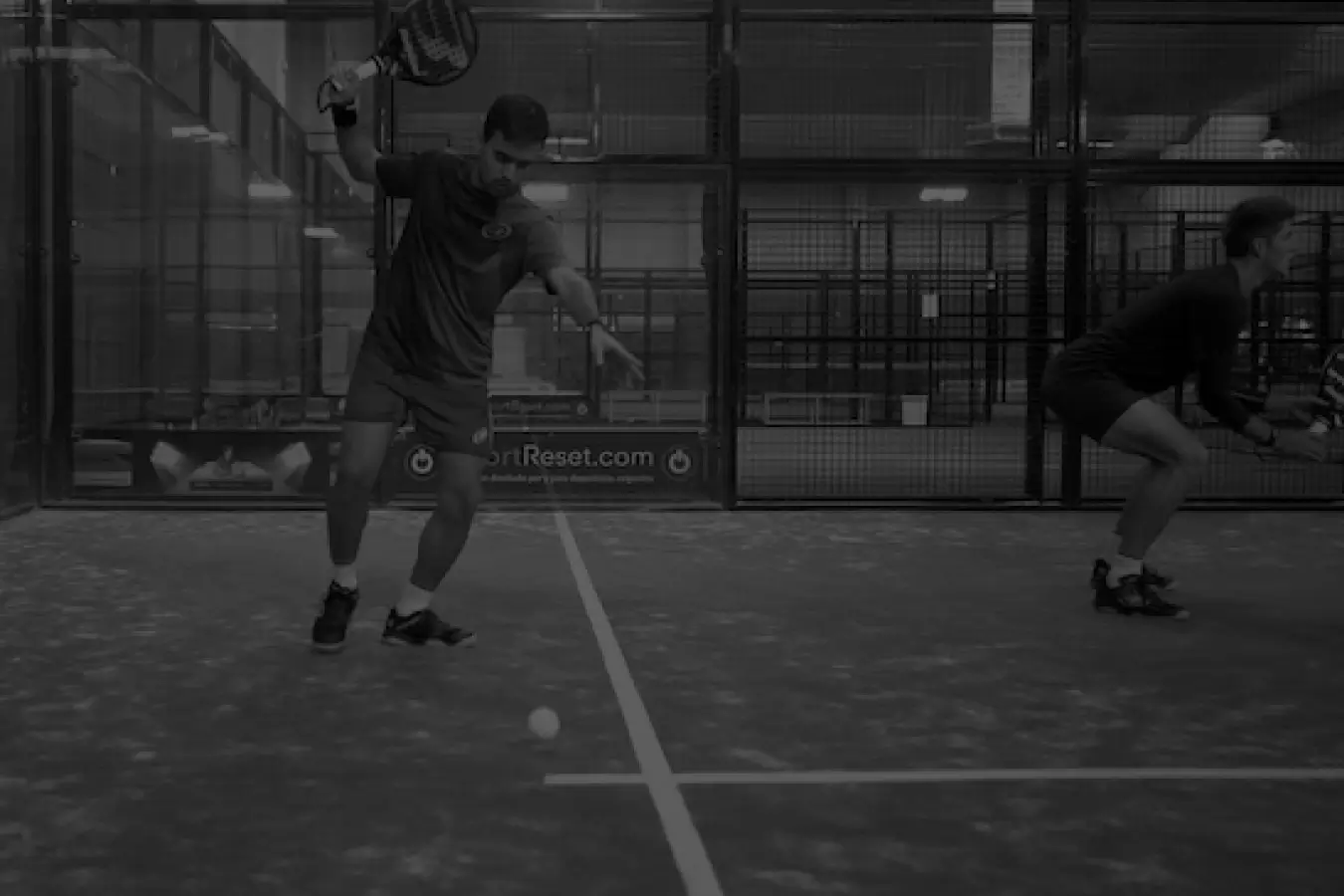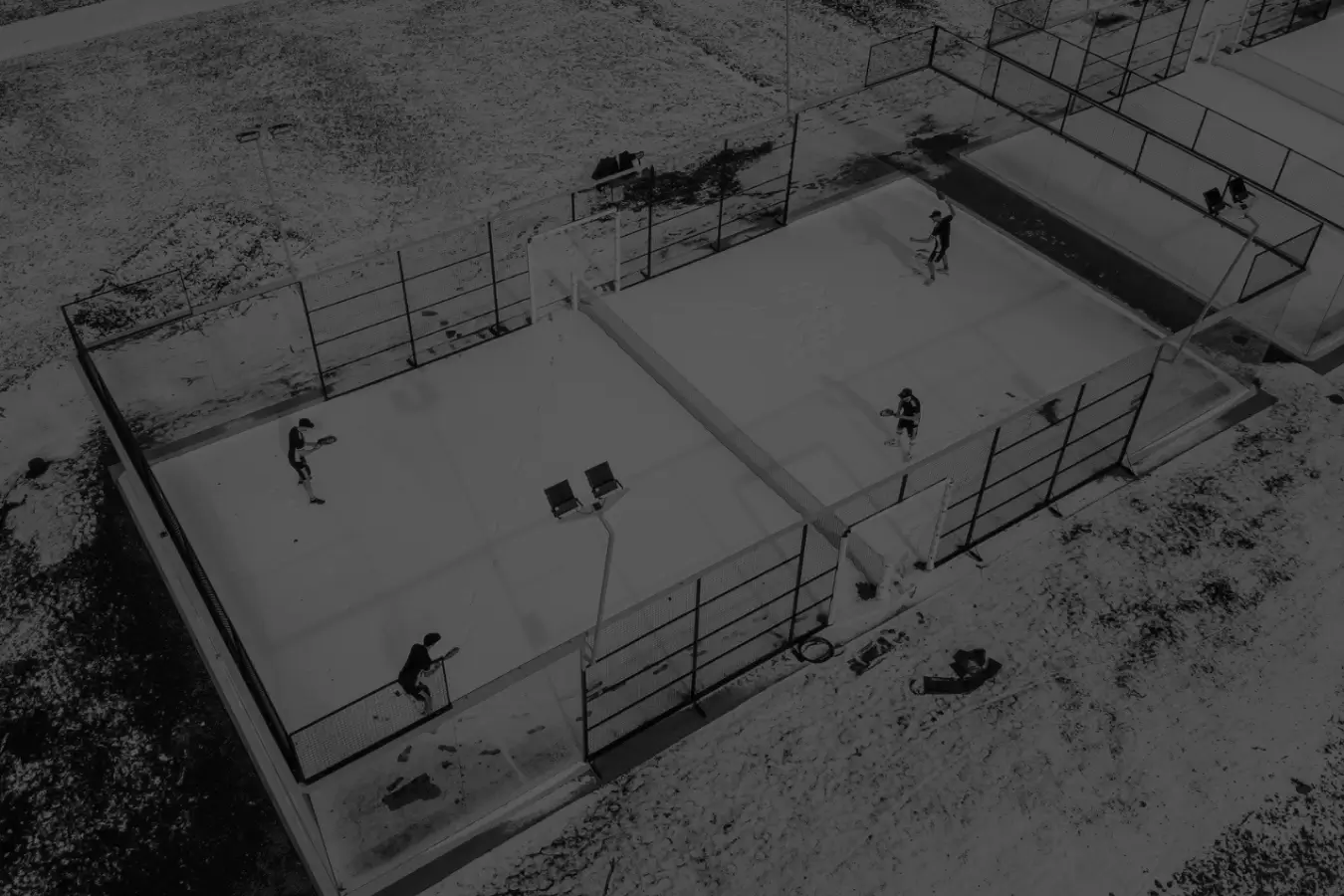How to Hold a Padel Racket: The Simple, Straightforward Guide
Alright, so you've got your shiny new padel racket. Great start! But here's the kicker—holding it wrong could mean the difference between winning a match or having your shots fly off in every direction like you’re playing pinball. So let’s start with the most basic question: how do you hold the darn thing?
Picture this—you’re shaking hands with someone. A firm, comfortable grip, but not like you’re about to crush their fingers. That’s exactly how you should hold your padel racket. Seriously, if your hand is tensing up or turning into a claw, you're overdoing it. Relax. Let the racket feel like an extension of your arm, like it's meant to be there.
The Continental Grip: The Only Way to Fly
If padel grips were like coffee orders, the continental grip would be the espresso—short, effective, and widely loved by pros everywhere. Why? Because it’s the most versatile grip you can have. It’s the grip that lets you attack, defend, volley, and lob—all without needing to readjust your hand every five seconds.
Here’s how to get it right:
- Hold your racket as if you were shaking hands with it.
- Place the base knuckle of your index finger on the second bevel of the racket handle (those flat edges).
- Wrap your fingers around, with your thumb comfortably set on the opposite side, and voilà—you’re holding the racket like a pro.
You’ll want to use this grip for most of your strokes—especially volleys, smashes, and serves. It's like the Swiss Army knife of padel grips: always useful, no matter the situation.
Okay, But What If My Shots Lack Power?
Let’s be real: nobody wants to swing a racket only to have the ball limp over the net (if it even makes it). If you’re feeling like your shots are underwhelming, there’s a good chance you’re gripping the racket too tight. Yep, that’s right.
Here’s a pro tip: Loosen your grip. It sounds counterintuitive, but by holding the racket too firmly, you’re locking out the natural movement of your wrist. Padel is all about finesse—let the racket move, let your wrist breathe, and suddenly, you’ve got power without having to swing like a maniac.
The "Choking" Mistake You Must Avoid
One mistake that newbies often make is "choking" the racket—holding it too high up the handle, like you're afraid it’ll slip away from you. The problem? This reduces your leverage, and less leverage means less power.
Here’s a quick fix: Slide your hand slightly down the handle. You want to hold it closer to the butt of the racket, not too far up. This gives you better control over your swing and a little extra oomph on those smashes.

How Should I Hold the Racket for Different Shots?
Glad you asked. The truth is, while the continental grip is your go-to, there are small adjustments that can take your game from decent to deadly depending on the shot you're going for. Let’s break it down.
- For Serves: Stick to the continental grip, but hold the racket a bit looser. You’ll need some wrist action to get that top spin or slice.
- For Volleys: Keep that same grip but focus on keeping your wrist firm. A solid wrist here equals more control at the net.
- For Smashes: Here’s where you can slide your hand slightly higher up the handle (just a bit), which gives you better precision. But don’t forget to relax your wrist to let the racket do most of the work.
Remember, if you’re adjusting for power or spin, it’s more about what your wrist is doing than drastically changing the way you hold the racket.

The Eastern Grip: When You Want a Little More Spice
Feeling adventurous? While the continental grip is like the bread and butter of padel, the eastern grip comes into play when you want a bit more kick on your forehands. Think of it as the "spicy" option.
To get into the eastern grip:
- Rotate your hand slightly so that your palm is facing more toward the strings.
- Now, imagine you’re shaking hands with the racket again, but this time, the base of your thumb aligns more with the third bevel.
This grip allows for more spin and precision, but it's also a bit more advanced and specific to certain forehand shots. Use it when you want to mix things up or need that extra spin to keep your opponent on their toes.

What About the Two-Handed Backhand?
Ah yes, the two-handed backhand. Not everyone’s cup of tea, but it’s a lifesaver when it comes to generating power on the backhand side. The trick? Don’t overthink it.
Here’s how to set up your two-handed grip:
- Your dominant hand (right hand if you're right-handed) stays in the continental grip.
- Your non-dominant hand rests higher on the handle, providing support and adding that extra pop.
Now, for the magic: let your non-dominant hand do most of the work. Your dominant hand is more like the guide, while the non-dominant one brings the heat.
So, What Happens If You Hold the Racket Wrong?
Okay, let’s talk about the dark side of racket grips. Holding the racket wrong can lead to a host of issues, none of which are fun. First, you’ll likely lose control over your shots. Ever had a ball sail way past the baseline when you barely tapped it? That’s your grip messing with your accuracy.
Next up is the risk of injury. Too tight a grip or an awkward position means your wrist, elbow, or shoulder might start screaming after a while. Trust me, no one wants to be sidelined because of something as simple as a bad grip.
Finally, poor technique can really mess with your confidence. And confidence is everything in padel. So, yeah, it's worth taking the time to get this right.
Quick Fixes for Common Grip Problems
- My racket feels like it’s slipping during games: Check if you’re gripping it too lightly or sweating too much. Try using overgrips for extra tackiness or wiping your hand with a towel between points.
- I’m getting wrist pain: You’re likely gripping too hard or not letting the wrist move naturally. Relax the grip a bit, and let the racket flow with your wrist.
- My shots are inconsistent: You might be switching grips too often without even realizing it. Stick to one (preferably continental), and fine-tune from there.
The Foundation of Your Padel Game
The way you hold your padel racket is like the foundation of a house. Get it wrong, and everything else falls apart. Get it right, and you’re building something solid. The continental grip is your best friend, a little looseness goes a long way, and minor tweaks can turn a good shot into a great one.
So, the next time you step onto the court, remember—your handshakes matter, even with a racket.
Frequently Asked Questions about the Grip
Can I switch grips during a match?
Absolutely, but keep it minimal. The continental grip will cover most of your needs, so you won't need to switch often unless you're going for a specific shot.
What’s the best grip for beginners?
The continental grip. It's the most versatile and helps you build a solid foundation without overcomplicating things.
Does grip affect spin?
Yes! A looser grip allows for more wrist movement, which directly impacts the spin you can generate on the ball.
Why does my racket feel heavy when I play?
You might be gripping it too tight. Try relaxing your grip to let the racket move more freely and reduce fatigue.
How can I improve my control while holding the racket?
Focus on finding the balance between a firm and relaxed grip. Too tight and you lose finesse; too loose and you lose stability. Practice makes perfect.















Discussion